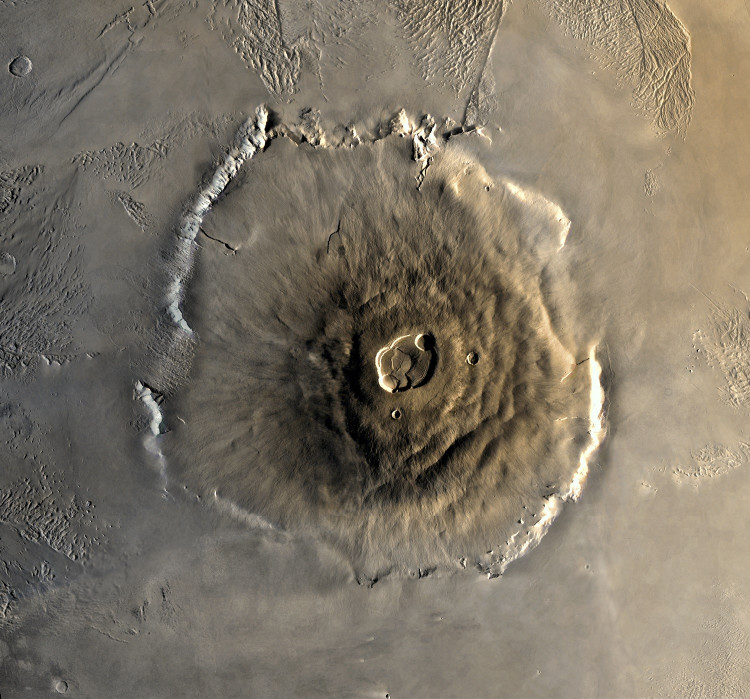Space tourism -- how cool is that. Imagine if space travel for recreational purposes was a norm, sure it would cost a lot of money, but everything within your eyesight would be incomparable.
Mars doesn't look fun at all, but a closer look at the Red Planet will unveil interesting geological features that are literally out of this world. It will be an amazing location for future tourists to explore once transportation to the planet and back is established.
That being said, here are some Mars locations worth visiting.
The North and South Poles
Like on Earth, Mars' poles are icy too, but with some differences, of course. It was the Phoenix lander in 2008 that gave us a closer look at the Red Planet's north pole, while our view of the south pole comes from orbiters.
According to NASA, winters in the north and south pole are so harsh that carbon dioxide condenses out of the atmosphere into ice on the surface. In the summer, the process reverses -- carbon dioxide is dispersed back into the atmosphere.
Ghost Dunes in Noctis Labyrinthus and Hellas Basin
Mars has since lost all its water, and its atmosphere has thinned, but there's still extensive evidence that the planet once had water, like the ghost dunes located at the Noctis Labyrinthus and Hellas basin. According to researchers, these regions on Mars used to hold dunes that were tens of meters tall. They were later flooded by water or lava, thus preserving its bases.
Dunes are also one way of knowing how winds used to flow on Mars millions of years ago, which is an important aspect of studying the planet's climate. There's even great potential that these areas hide microbes in them.
Olympus Mons
If Olympus Mons were found on Earth, it would be one scary sight. According to NASA, this enormous volcano is about three times the height of Mount Everest and is considered the most extreme volcano in the solar system. It seated somewhere in the Tharsis volcanic region.
Olympus Mons is a gigantic shield volcano, which means it was formed following lava crawling slowly down its slopes. In the future, this gigantic structure would make an interesting and challenging climb. At its peak is a magnificent depression that's approximately 85 km wide, which was formed due to magma chambers losing lava, likely due to an eruption, and collapsed.
Mars has more interesting surface features. What's your favorite?



